If you’re following a plant-based diet or even just thinking about going vegan, you’ve probably been asked (several times), “So… how do you get enough protein?”
If you’re just starting a vegan lifestyle, you may be wondering the same thing. As any seasoned vegan can attest to, however, getting enough protein isn’t as hard as it might seem, and it isn’t expensive either. Tons of foods are protein-packed and completely vegan.
1. Beans

Beans offer a great source of protein for vegans. Picture by ulleo via Pixabay, CC by 0.
For those who are new to plant-based eating, beans may be the easiest starting point. They are a common food staple, and most people already include them in their diets. Beans are also high in protein and fiber and come in lots of varieties.
According to the USDA, these cooked legumes have a meaty amount of protein:
- Lentils have 18 grams have of protein per cup.
- White beans have 17 grams of protein per cup.
- Black beans have 15 grams of protein per cup.
- Navy beans 15 grams have of protein per cup.
- Pinto beans 15 grams have of protein per cup.
- Garbanzo beans have 14.5 grams of protein per cup.
It’s easy to get creative with beans since there are so many recipes to build from. They’re good served cold or warm, can be made into soups, tossed into salads, served as a side dish, or even made into spreads or dips like hummus.
2. Tofu and Tempeh
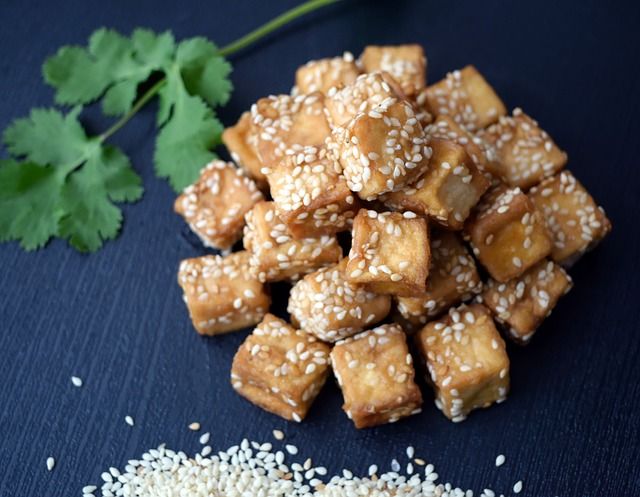
Picture by yuelanliu via Pixabay.
Tofu and tempeh might come from beans, but they definitely deserve their own category. Both are made from soy and are easy to find and use. The best part is their ability to soak up flavors, which makes them a savory and satisfying addition to any meal. While tempeh and tofu both come from soy, the process of making each is quite different, which influences their protein content.
Tofu
Tofu comes from soy milk. Adding salt to soy milk and boiling it makes it firm. Finally, it’s pressed into blocks. Although it might depend on the brand, a cup of tofu usually has around 20 grams of protein. Preparation is easy – just drain the water and slice the tofu before using it in your recipe.
Tempeh
Tempeh, on the other hand, comes from fermenting intact soybeans. This also gives it slightly more protein – 33 grams per cup.
3. Nuts
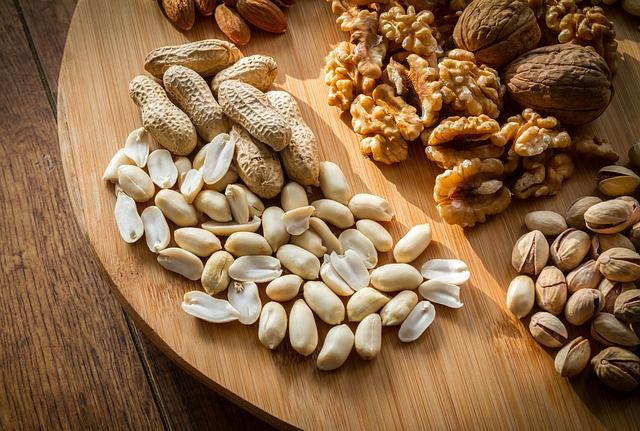
Try cracking open a nut to get your plant-based protein fix. Picture by piviso via Pixabay, CC by 0.
When it comes to high protein foods, nuts certainly pack a punch. Although some people get put off by their high-fat content, most studies show eating nuts can actually help people manage their weight. They also have a lot of other health benefits. Eating nuts regularly can lower blood pressure while increasing good cholesterol and lowering bad cholesterol.
So how much protein can you get from a handful (or about half a cup) of nuts?
- Peanuts (although technically a legume) have about 19 grams of protein.
- Almonds have 15 grams of protein.
- Pistachios have 13 grams of protein.
- Cashews have 10 grams of protein.
- Walnuts have 7.5 grams of protein.
Whip up some tiny snack bags of your own trail mix or try your hand at cashew “cheese” or nut-based spreads. The possibilities are endless!
4. Seeds
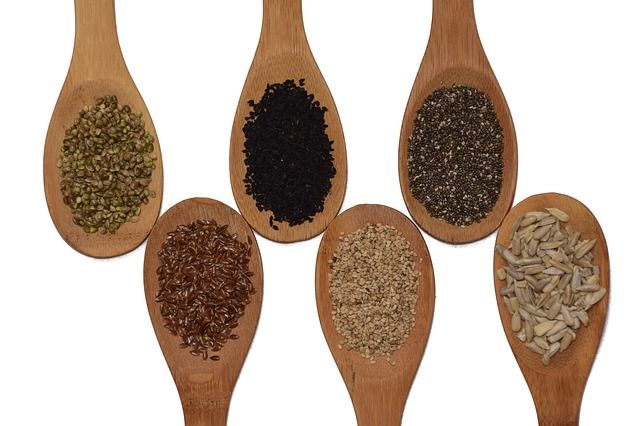
Don’t overlook the protein power of these tiny seeds. Picture by ulleo via Pixabay, CC by 0.
They may be small, but seeds shouldn’t be underestimated. Just a handful (or half a cup) can go a long way.
- Sunflower seeds have 15 grams of protein.
- Flax seeds have 15 grams of protein.
- Sesame seeds have about 13 grams of protein.
- Hemp seeds have about 13 grams of protein.
- Chia seeds have 8 grams of protein.
Think of seeds as tiny protein pills that can easily be added to salads, sprinkled on top of other dishes, or baked into bread.
5. Quinoa

Picture of quinoa by Pedro Reyna via Flickr, CC by 2.0.
If you want to add more plant-based protein to your diet, it might be time to swap out rice and noodles for quinoa. Quinoa might not be as common, but it is definitely worth a try. It’s easy to make – just boil it as you would rice – and has much more protein than the average grain, about 8 grams per cup. The secret? Quinoa is pretty sneaky. Although it cooks like a grain, it’s actually a seed.
6. Oatmeal
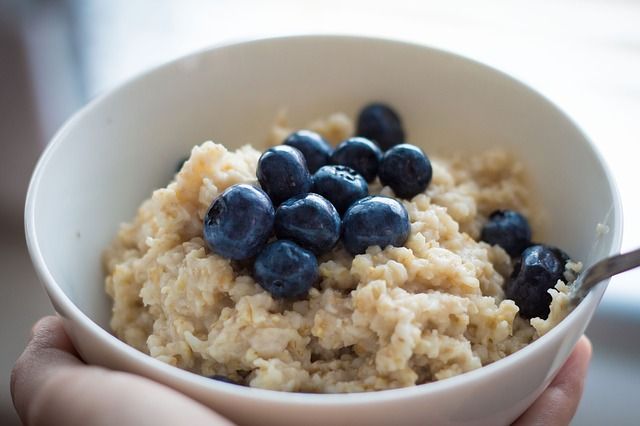
Who knew a vegan breakfast could be so good (and so full of protein)? Picture by iha31 via Pixabay, CC by 0.
Although this common breakfast staple doesn’t really compare to seeds or nuts, it still has a decent amount of protein. There are just over 5 grams in each cup. Consider making it with soy milk or sprinkling a few seeds on top to add to your protein count for the day.
7. Spirulina
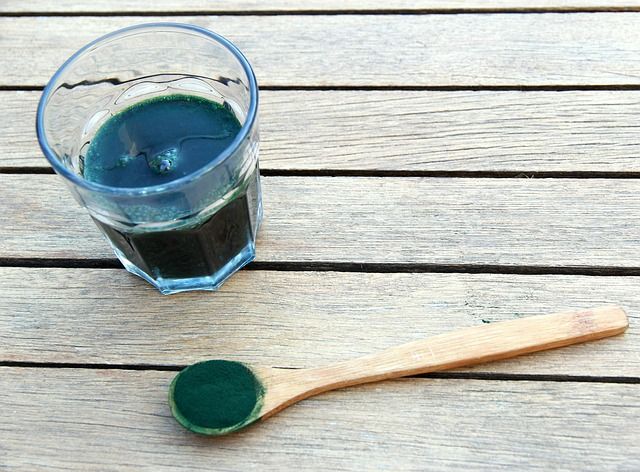
Powder or pill, spirulina will ensure you get your daily intake of protein. Picture by Nouchkac via Pixabay, CC by 0.
It sounds funny, it looks odd, and it comes from an unlikely source, but spirulina is common in vegan circles. Where does this strange green powder come from? It’s not as alien as you might think. Spirulina comes from a blue-green algae. Although it might not look very appetizing at first, it’s an easy way to make sure you get all the protein you need. Just 1 tablespoon has 4 grams of protein.
Most people take spirulina in pill form or by mixing the powder into water or smoothies. The taste, however, isn’t for everyone. For your first time using spirulina, it may be better to try pills or just a small bottle of powder.
8. Avocados
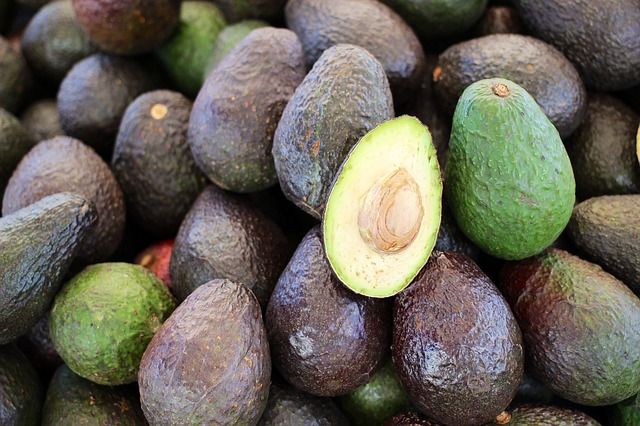
Green is good, especially when it has so much protein. Picture by skeeze via Pixabay, CC by 0.
These green guys probably look more familiar and a little less intimidating than spirulina. Avocados are savory, delicious, and contain a surprising amount of protein. Each one has 4 grams.
9. Dark green vegetables
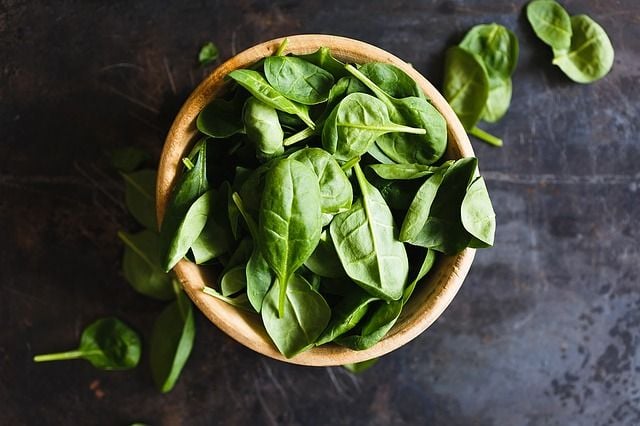
Dark green vegetables help vegans get enough protein, too. Picture by kkolosov via Pixabay, CC by 0.
What most meat-eaters don’t realize is that getting enough protein as a vegan isn’t really that difficult. Most dark green vegetables have small amounts of protein. Although it may not seem like a lot at first glance, those numbers can really add up.
- Chopped, boiled broccoli has about 4 grams of protein per cup.
- One medium artichoke has about 4 grams of protein.
- 5 asparagus spears have about 2 grams of protein.
- Spinach has .86 grams per cup.
- Kale has .68 grams per cup.
Whipping up a big salad or adding a few cups of broccoli or spinach into a soup or stir-fry can easily add more protein to your diet.
10. Protein powder
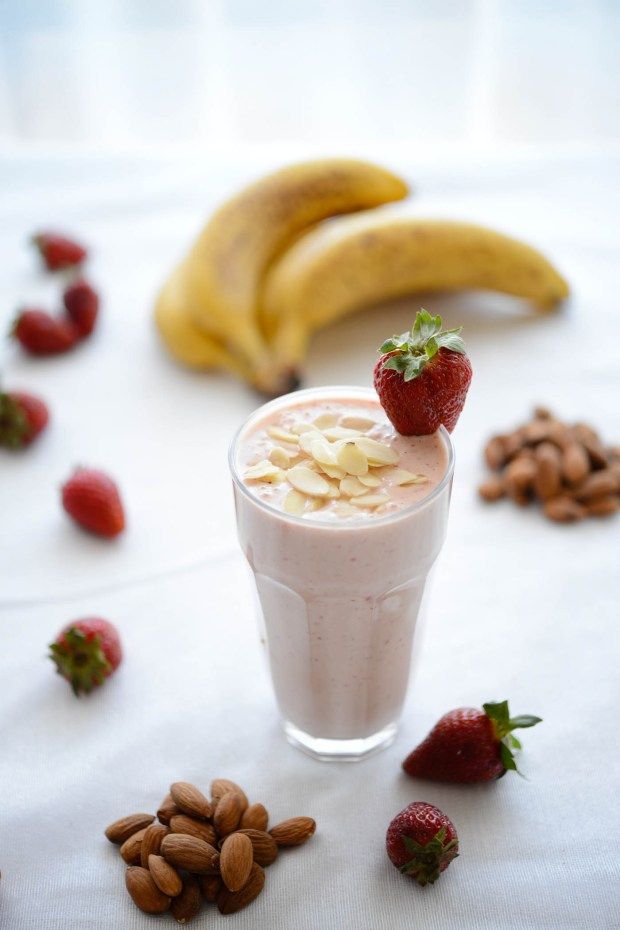
No meat? No worries. Even weight lifters and athletes can get enough protein on a vegan diet. Picture by Amazing Almonds via Flickr, CC by 2.0.
Even though getting enough protein isn’t really something most vegans spend time worrying about, if you lead an especially active lifestyle or are dedicated to weight lifting, you may still struggle to get enough without meat. Luckily, there’s an easy fix – good old protein powder.
Most protein powders carry over 20 grams of protein per serving, but not all are truly plant-based. Vegans should stay clear of whey and casein, and check the labels on mixed powders. However, soy, hemp, and seed-based protein powders are easy to find. The protein content will depend on the brand, but to get a better idea, soy protein usually has around 22.6 grams per serving.
Protein and plants? Please. With these protein-packed foods, you’ll never have to worry about getting enough. The next time someone asks how you get enough protein, you don’t have to explain: just send them this link.






